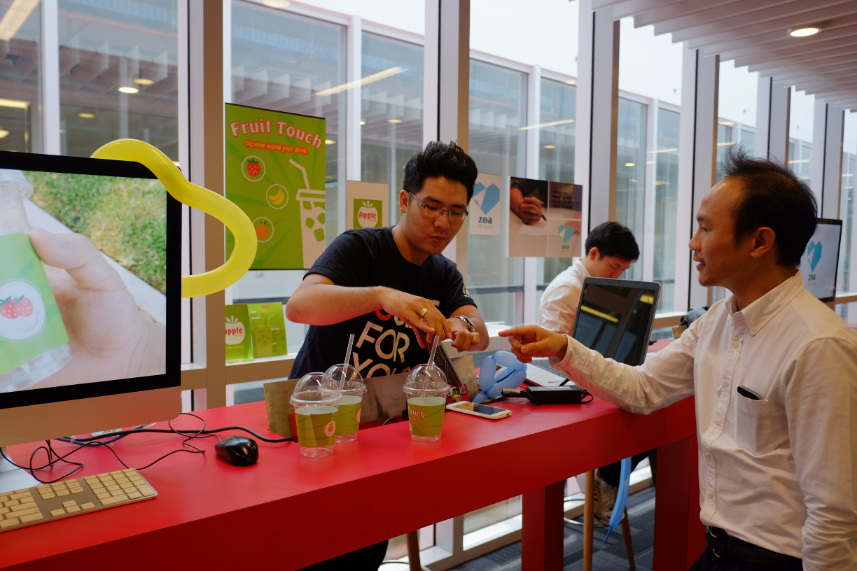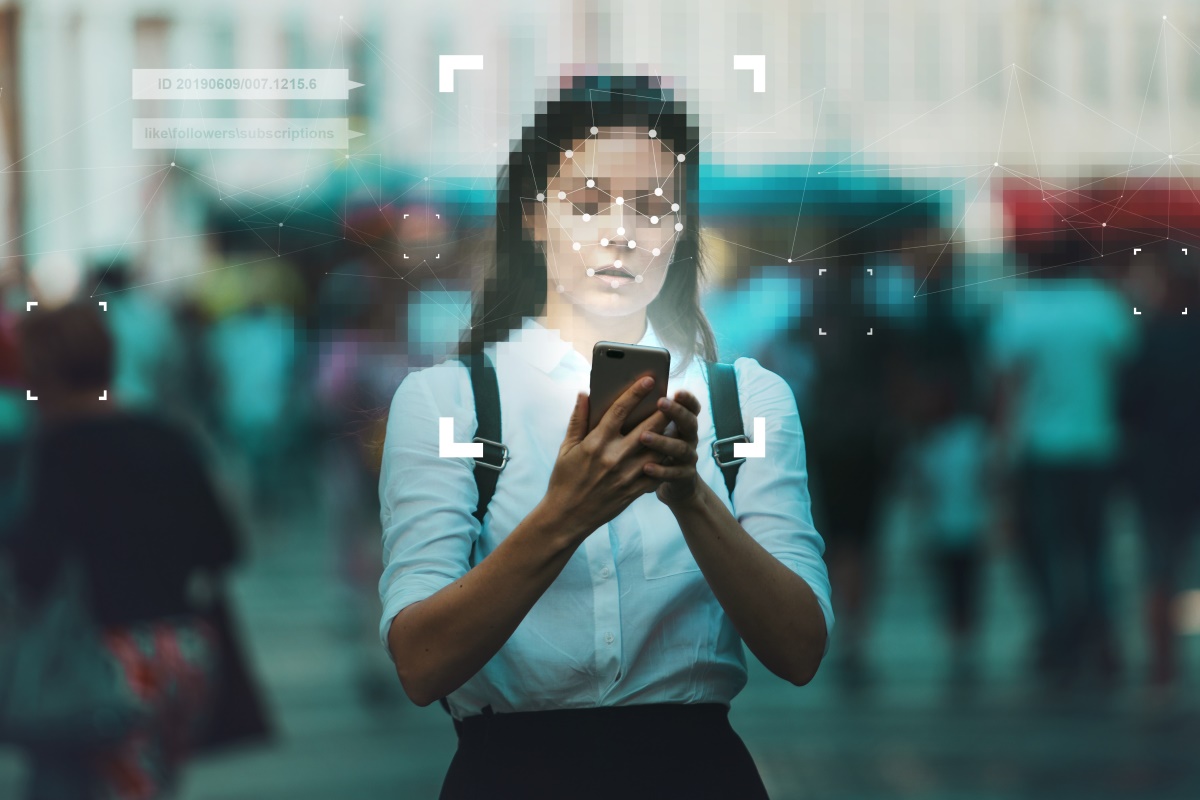How will this technology shape industry in Vietnam? And is it here to stay?
Mr Ondris Pui, Centre of Communications and Design academic staff, teaches augmented and virtual reality at RMIT Vietnam, and believes that there are still many applications for this technology still undiscovered.
“When I started working on augmented reality six years ago in Japan, there was not much of a market for it,” said Mr Pui.
“But now, especially with smart phones, there are far more possibilities.”
Mr Pui explained that augmented reality is the technology of adding layers of information – 3D objects, sound, text and other elements – to support or enhance activities in a real world environment - viewable only through smart devices.
Pokémon Go is the same concept applied in a game. Similarly, augmented reality could be applied in advertising and marketing, which is where Mr Pui believes the most opportunities lie.
“In Japan people use it in stores to buy clothes,” he explained.
“You stand in front of a TV screen, get your face and body scanned, and then get clothes ‘fitted’ onto you.”
Mr Pui emphasised the importance of inspiring students to come up with new, practical applications to solve problems or provide services.
His students have developed innovative ideas such as using augmented reality to help people learn Vietnamese history and to simplify the communication of complex instructions in manuals.
“If students go out into the workforce with augmented reality skills, they can easily get a job because this is a new way of communicating,” Mr Pui added.
“In addition to video, web, print, 3D – now we have this new platform, and it’s attracting people.”
Professor Rick Bennett, Head of the Centre of Communication and Design, said the University is continually striving to complement its more traditional offerings with courses and programs for the “new” jobs in industries of the future.
“Design, technology, and communication are constantly evolving,” Professor Bennett said.
“We aim to equip our students with the most up-to-date conceptual knowledge and technical skills which make them in demand in the job market.
“It’s our job to ensure the design and communication programs at RMIT Vietnam are constantly updated to keep pace with the changing industry so that our graduates can become the future industry innovators.
“It’s a very, very exciting time for creative futures in Vietnam.”
Mr Pui added that the popularity of Pokémon Go will soon fade, but the technology will continue to evolve.
“In the future I believe there’ll be a combination of augmented and virtual reality in a mixed reality,” he said.
“All the big players are getting into this now – Google, Facebook, Oculus – everyone is secretly developing a wearable device for people to experience this mixed reality in the future.”
Until that day comes, however, we’ll have to be content catching Pokémon on our smart phones.
Story: Howie Phung





